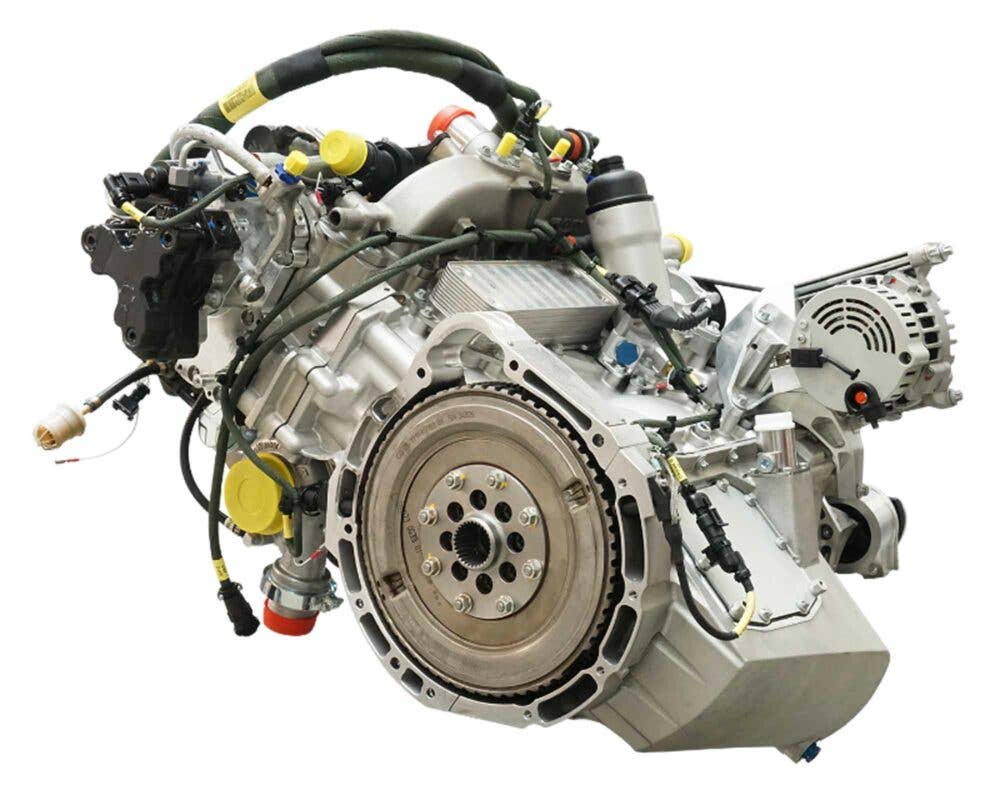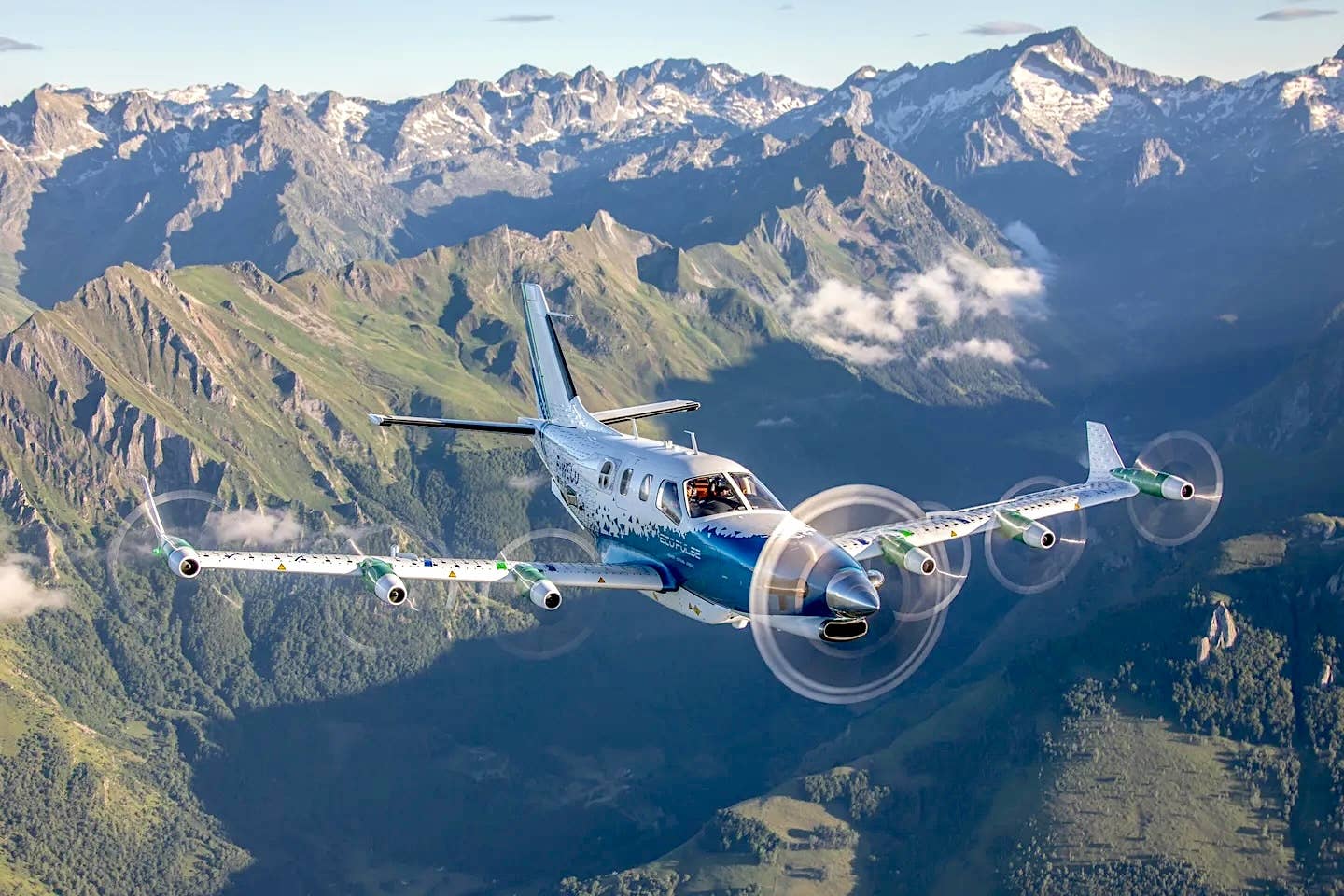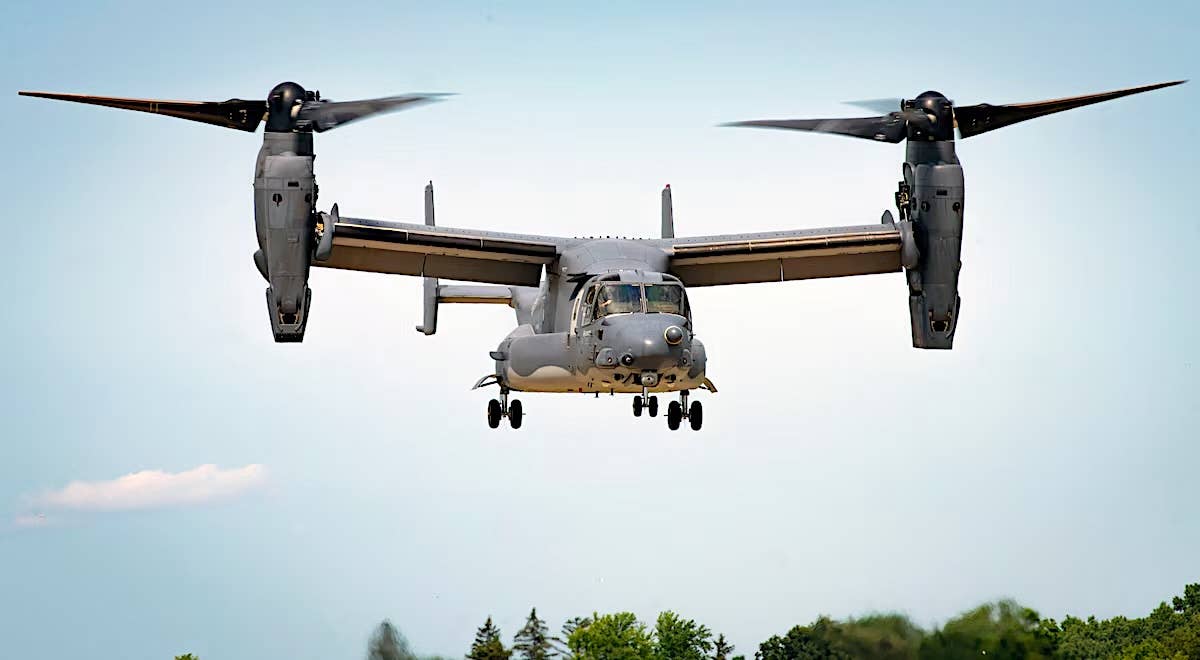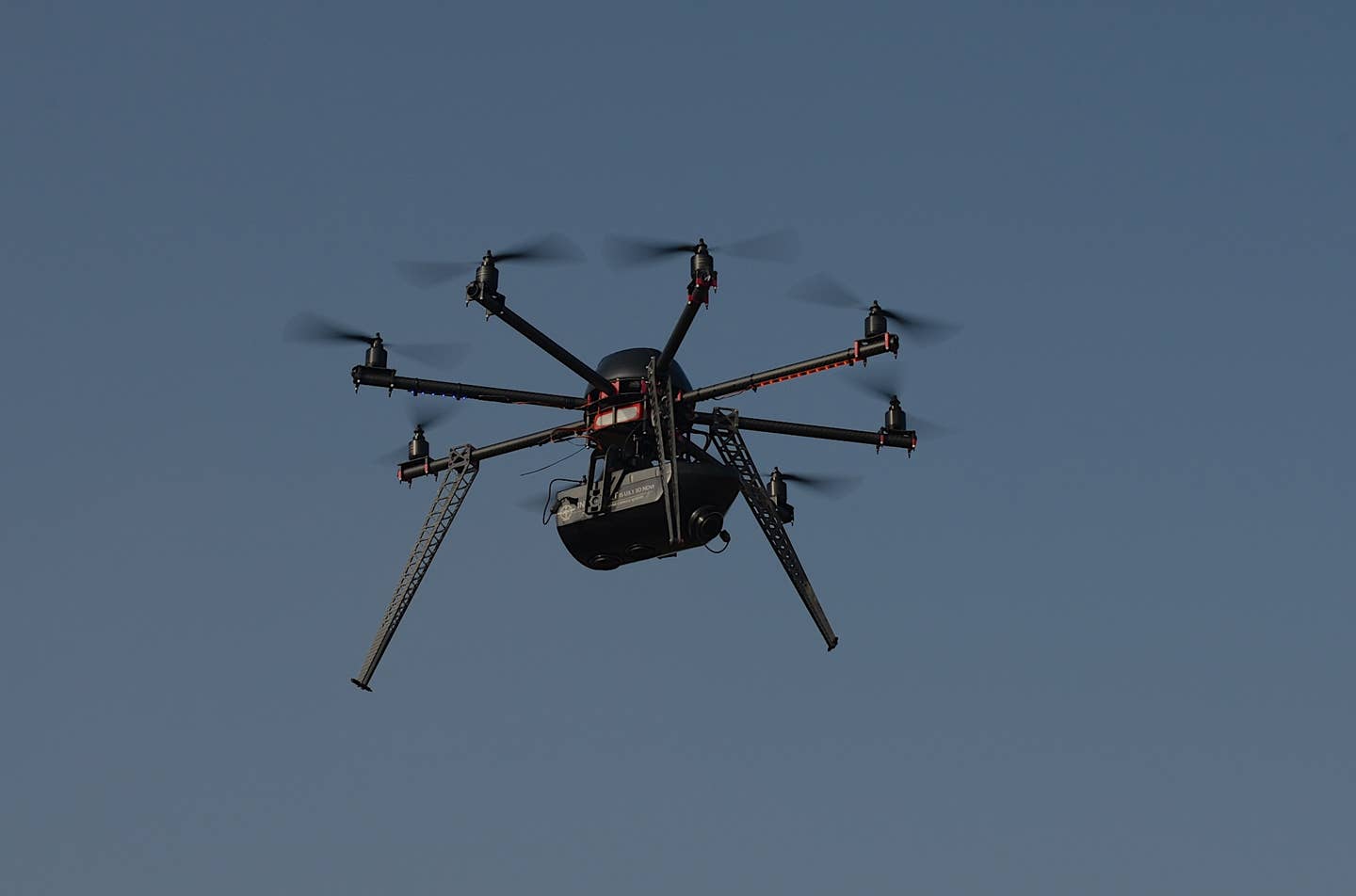Continental Introduces Diesel For Helicopters
Continental Aerospace Technologies has introduced a diesel engine for helicopters at Aero Friedrichschafen in Germany. The CD-170R is expected to be certified in Europe next year. The turbocharged engine puts…

Continental Aerospace Technologies has introduced a diesel engine for helicopters at Aero Friedrichschafen in Germany. The CD-170R is expected to be certified in Europe next year. The turbocharged engine puts out 170 horsepower and is direct drive with no gearbox. That saves 37 pounds. "This is a major innovation milestone in Continental’s history that will allow us to serve even more pilots and operators in the general aviation industry,” said Dr. David Dörner, Vice President of Global Research and Development.
Like the airplane versions of the engine, the 170R has FADEC and the company is expecting a fuel burn of 7.9 gallons per hour or better. It will start with a time between replacement of 1,200 hours and that's expected to increase with time in service. Flight schools and owner-pilots are expected to be the main customers.






